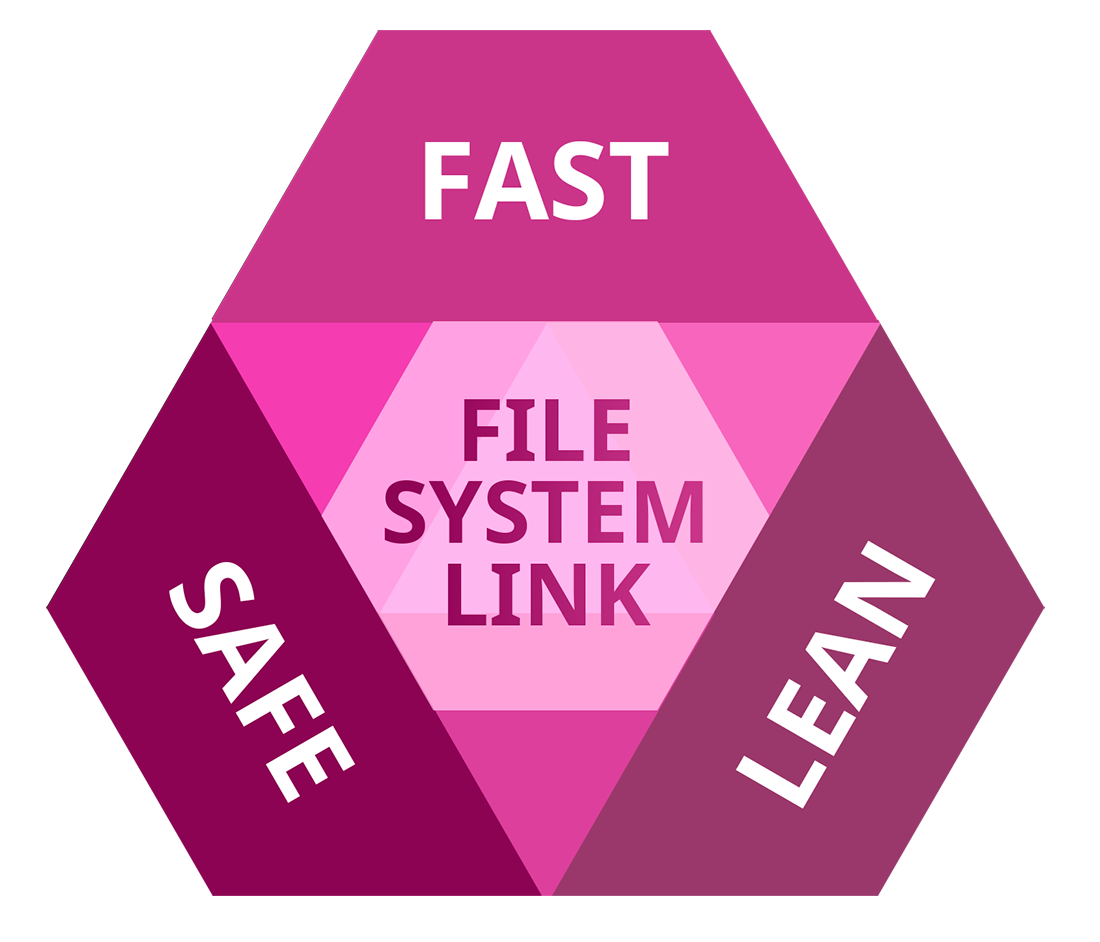

- QUICK ACCESS LOOKING FOR MAC DRIVE HOW TO
- QUICK ACCESS LOOKING FOR MAC DRIVE INSTALL
- QUICK ACCESS LOOKING FOR MAC DRIVE SOFTWARE
- QUICK ACCESS LOOKING FOR MAC DRIVE PASSWORD
For this, check if there is the word "Finder" in your Mac menu bar. To begin with, you need to first have the Finder option in the foreground.

If you want to keep your hard drives icon on the desktop so that you can access the data easily, then here's what you have to do to show HD on Mac. You can show or hide Mac's main hard drive from the desktop of your Mac with ease and all you need to do is to adjust some of the Finder options. It is the Finder's job for displaying the desktop and its icons, which include storage devices icon too.
QUICK ACCESS LOOKING FOR MAC DRIVE HOW TO
How to Show Hard Drive Icon on Mac Desktop?
Hard drive failure: It might be the case that your drive is physically damaged due to component failure, head crash, or etc. Sometimes, your hard drive file system damage leads to non-mounting HD in Finder. Corruption of File system: It might also case that the file system of the hard drive is corrupt due to bad sectors, logical errors, etc. And maybe the cable you're using for connection is damaged or non-functional. Connector Issue: It might be the case that you fail to connect the hard drive to your Mac USB port correctly. Preference Issue: You may have not set preferences that make the hard drive visible on your Mac Finder or desktop. Here, we are going to mention the most common ones: Well, there are a number of reasons why you can't see the hard drive on your Mac. :max_bytes(150000):strip_icc()/004-set-up-and-use-google-drove-on-your-mac-a4799f0ff5b94718802e00c6845e29c4.jpg)
How to Recover and Show Hard Drive Data on Mac?
QUICK ACCESS LOOKING FOR MAC DRIVE INSTALL
Read more on how to install it on your PC, or upgrade. You’ll need the latest version for the following to work. You’ll need to use the NoMachine Enterprise Client.
QUICK ACCESS LOOKING FOR MAC DRIVE SOFTWARE
Once you click Connect your Unix home directory will be mounted.Īccess through NoMachine software (PC or Mac)
QUICK ACCESS LOOKING FOR MAC DRIVE PASSWORD
Rdg-home.ad.rdg.ac.uk\**username** and your IT password
When prompted enter the server address:. You should now have a new drive available in your file explorer For your username please enter ‘rdg-home.ad.rdg.ac.uk\**add your username** and your IT password. Please click ‘Connect using different credentials’ If you get an error regarding authentication. Select the letter you wish for your drive. In you windows explorer, click on Computer. Map the Unix home drive on Windows File Explorer (to be removed?) To create a persistent shortcut drag the yellow icon from the address bar to the ‘Quick access’ area. Paste the UNC \\.uk\homes in the Windows File Explorer address bar. It can also be used to share files with other users on temporary basisĪccess the Unix home drive in Windows File Explorer You can access your unix home and storage directories using Managed File Transfer from anywhere. To view your Unix Home directory on your PC or Mac, you have 3 options: Confidential research data should be stored on collab share or on properly set up research storage volumes. Confidential admin files should be stored on ndrive or collab share. Please do not use your Unix home directory for confidential files. This is standard practice on Unix machines used for academic research. There are more reliable and more robust storage options for Windows users, including ndrive, xdrive and OneDrive.įiles stored in your Unix home directory might be visible to other users. However, there are serious technical limitations in how this service is provided, and using Unix home directory as a storage for documents edited on your PC can lead to data corruption and loss of work. The possibility to access it from a desktop PC is only provided to make it more convenient for researchers who work on Unix and need occasional access to their files from Windows or Mac. Unix home directory is intended to be used on Unix systems, and for files produced and edited from Unix. Mapping the Unix home directory on PC or Mac is not recommended. Access your Unix Home Directory from your desktop or laptop




:max_bytes(150000):strip_icc()/004-set-up-and-use-google-drove-on-your-mac-a4799f0ff5b94718802e00c6845e29c4.jpg)


 0 kommentar(er)
0 kommentar(er)
